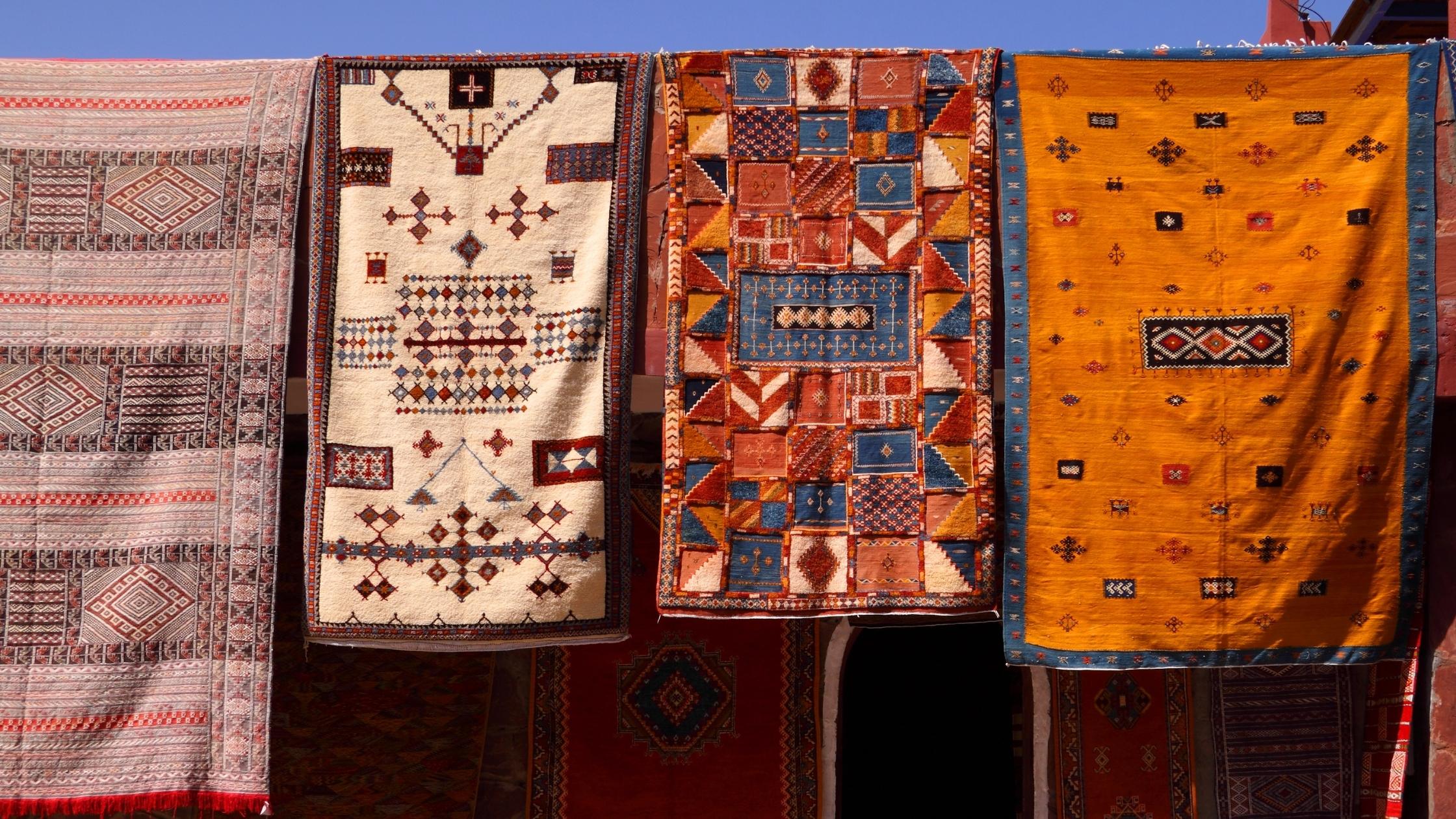The northwestern section of Africa that is Morocco was originally part of the land of the Berbers, which were an ancient civilization that called themselves the Amazigh or Imazighen.
Let’s explore the rich history of this beautiful country!
The country of Morocco is just a little smaller than California in the United States.
One myth tells the origin of the Atlas Mountains in Morocco. It is told how the titan Atlas was punished by being turned into stone by the head of Medusa and was sentenced to hold the weight of the world on his shoulders forever.

In ancient times, the Imazighen and related peoples lived in Morocco, plus the islands off the coast of northwest Africa and also controlled parts of Spain. Phoenician sailors visited the area and founded the city of Carthage
The Greeks, Romans, and other empires may have referred to these native peoples as “berbers” which is taken to mean “barbarian”, but the origin of the term is unclear.

Many Berbers were nomadic traders while others settled in one area and became farmers. Part of the area was known as Mauritania.
The Berbers’ claim to fame in ancient days was being the best horse riders in the world.
Many dynasties rose and fell in early Morocco. Finally, Arab settlers came to Morocco and established colonies in the 7th century AD which became empires that ebbed and flowed for a thousand years.
The largest city in Morocco was Anfa which was later renamed after its largest structure, The White House. The Arabic name was Casa Branca but was later changed to Casablanca.

During this time, the oldest university in the world was founded. Al-Qarawiyyin University was founded in 859 AD in the city of Fez and became an important center of learning and culture.
In the 15th century sailors called the area the Barbary coast after the Berbers who lived there.

With such a great location and access to sheltered bays, the Barbary Coast attracted a lot of pirates. This prompted France to get involved to protect the people from piracy.
Spain and France competed for control of the area, and eventually France won out.
In 1912, Morocco became a French protectorate, meaning France had control over much of Morocco, but not all the people living in the area recognized French rule.
This meant that the Berber tribes and other inhabitants spent a lot of time rebelling against their imposed leaders.
Finally, in 1956, France recognized Moroccan independence, and the country has ruled itself since then as a constitutional monarchy. This means Morocco has a king as a leader.

Today, Morocco is a beautiful tourist destination with incredible beaches, mountains, and deserts.
The country is also the leading source of phosphate, an important element used in the production of the fertilizer farmers around the world use on their crops.
The Berbers of the area still embrace their nomadic way of life which they have carefully preserved through oral history and traditions. Many of the tribes still live in the mountains and speak the Berber language, called Amazigh.

The Berber women create beautiful carpets and tapestries woven with intricate designs that tell the stories of their people.
Morocco is a country rich in tradition, culture, and delicious cuisine. The favorite drink is mint green tea. And a popular dish is couscous.

You can imagine yourself in Morocco as you taste the amazing dishes you can create from the recipes in our explore MOROCCO box. Or get to know the whole continent with our explore MIDDLE EAST & AFRICA bundle.
Your purchase gives you access to your Explorer Toolbox where you can find out more about the geography, literature, culture, and art of Morocco. You can even play some Moroccan music while you cook!
This is how you eat2explore!







